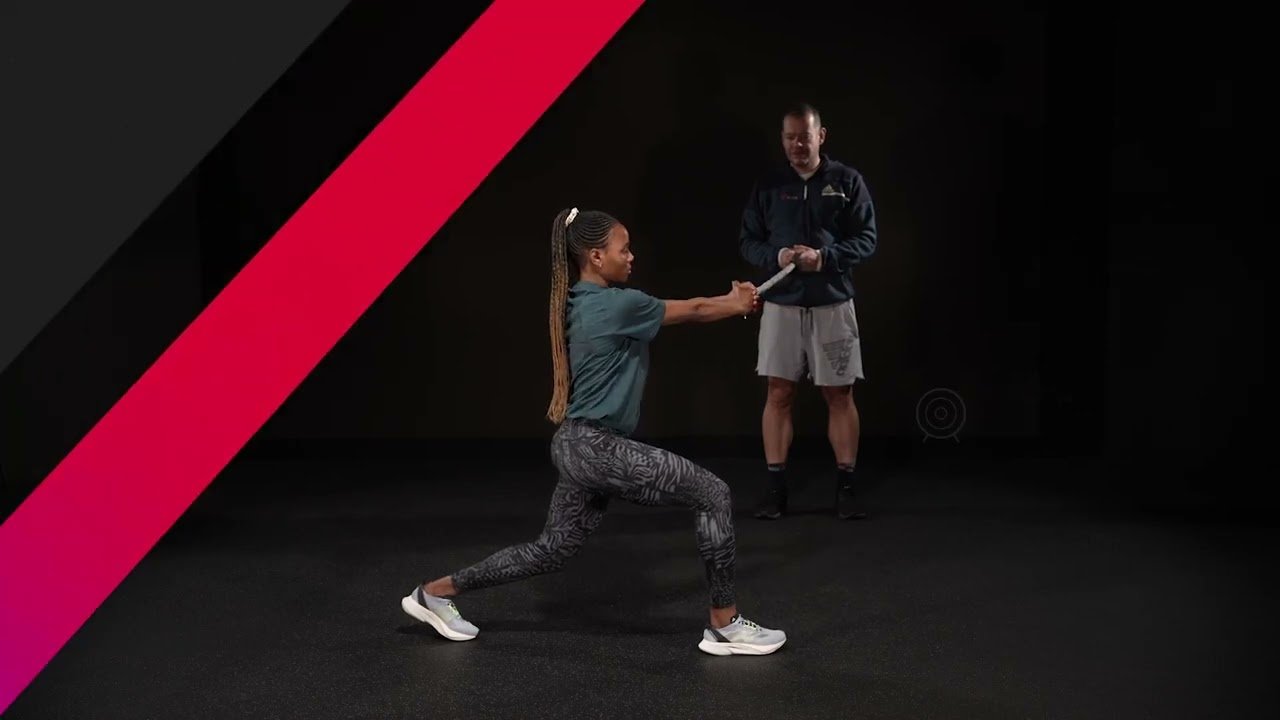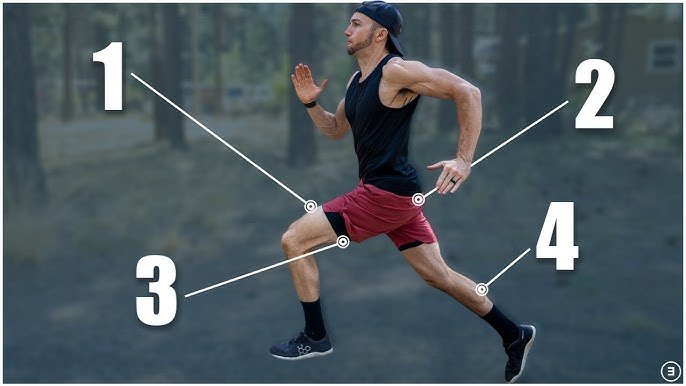Marathon training requires more than just running long distances. To perform your best on race day and avoid injury, incorporating cross training into your routine is essential. Cross training involves engaging in complementary physical activities that improve strength, flexibility, and endurance while giving your running muscles a break. This holistic approach to marathon prep can enhance your performance and keep you healthy throughout the training process.
Why Cross Training is Important for Marathon Preparation
- Injury Prevention
Long runs and repetitive motion can strain muscles and joints, leading to overuse injuries. Cross training allows you to build strength in non-running muscles and maintain fitness without the repetitive impact of running. Activities like cycling, swimming, or yoga can provide active recovery while preventing burnout. - Improved Cardiovascular Fitness
Engaging in cross training activities can enhance your aerobic capacity and overall stamina. Non-running exercises like swimming or rowing target different muscle groups while still boosting your cardiovascular system, ensuring you’re ready to handle the marathon’s demands. - Muscle Balance and Strength
Running primarily strengthens the lower body, leaving other muscle groups underdeveloped. Cross training activities like strength training or Pilates help create a balanced physique, improving posture and running form. - Mental Refreshment
Training for a marathon can be mentally taxing. Mixing up your workouts with cross training keeps your routine exciting and reduces the monotony of daily runs.

Best Cross Training Activities for Marathon Prep
- Cycling
Cycling is a low-impact activity that builds leg strength and endurance. It mimics the aerobic benefits of running while giving your joints a break from the pounding on hard surfaces. - Swimming
Swimming provides a full-body workout that improves cardiovascular fitness, core strength, and flexibility. It’s especially beneficial for active recovery days due to its low-impact nature. - Strength Training
Incorporating weightlifting or bodyweight exercises builds strength in muscles not heavily used during running, such as your upper body and core. Squats, lunges, planks, and deadlifts can enhance your running efficiency and prevent fatigue. - Yoga
Yoga improves flexibility, balance, and mental focus. It can help alleviate tightness in the hips, hamstrings, and lower back—common problem areas for runners. - Elliptical Training
The elliptical machine simulates running without the impact, making it an excellent option for maintaining fitness on recovery days or when dealing with minor injuries. - Rowing
Rowing is a great full-body workout that builds cardiovascular endurance and strengthens your core, back, and shoulders. It complements running by targeting upper-body muscles.
How to Incorporate Cross Training into Your Marathon Plan
- Replace Recovery Runs
Swap one or two recovery runs per week with low-impact cross training activities like swimming or cycling. This helps maintain fitness while allowing your running muscles to recover. - Schedule Cross Training Days
Dedicate one or two days per week to cross training. These sessions should align with your training goals, whether it’s building endurance, strength, or flexibility. - Use It as Active Recovery
On days when you’re feeling sore or fatigued, opt for light cross training instead of complete rest. Activities like yoga or a leisurely bike ride can help reduce stiffness. - Focus on Weaknesses
Use cross training to address areas of imbalance or weakness. For example, if you notice poor core strength is affecting your running posture, incorporate Pilates or strength training into your routine. - Taper with Cross Training
During the taper phase leading up to your marathon, use cross training to maintain fitness without overloading your legs. Low-intensity activities can keep you fresh for race day.
Benefits of Cross Training for Marathon Runners
- Enhanced Performance: Stronger, more balanced muscles contribute to better running form and efficiency.
- Reduced Risk of Overtraining: Cross training allows you to maintain your fitness without overloading specific muscle groups.
- Increased Endurance: By engaging in various aerobic activities, you can improve overall stamina, which translates to better performance during long runs.
- Greater Flexibility and Balance: Activities like yoga improve joint flexibility and balance, reducing the risk of falls or injuries.
- Fun and Variety: Cross training adds variety to your routine, keeping you motivated and engaged throughout your marathon preparation.
Sample Weekly Marathon Training Schedule with Cross Training
| Day | Activity | Focus |
|---|---|---|
| Monday | Rest or light yoga | Recovery and flexibility |
| Tuesday | Interval run | Speed and endurance |
| Wednesday | Cycling or swimming | Aerobic fitness |
| Thursday | Tempo run | Sustained speed |
| Friday | Strength training or rowing | Core and upper body strength |
| Saturday | Long run | Endurance |
| Sunday | Elliptical or active recovery yoga | Low-impact recovery |
Conclusion
Cross training is an invaluable tool for marathon preparation, offering physical and mental benefits that complement your running regimen. By incorporating activities like cycling, swimming, or strength training into your schedule, you can build a stronger, more resilient body while reducing the risk of injury. Whether you’re a seasoned marathoner or training for your first race, cross training can take your performance to the next level. So, lace up your running shoes—but don’t forget your swim goggles or dumbbells—and get ready to conquer your next marathon!











